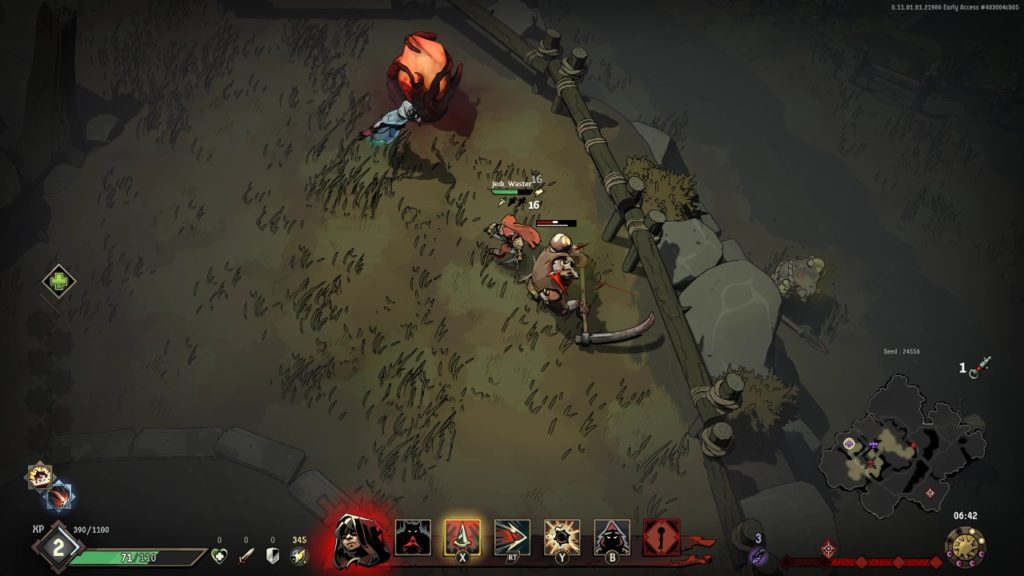Game developers must create games that are challenging while remaining accessible to a wider audience. Difficulty is necessary to keep players engaged but it needs to be balanced with accessibility for players with disabilities or those who are new to gaming. Developers can make their games more accessible by including subtitles, closed captions, adjustable difficulty settings, colorblind options, text size options, and player feedback. Game developers should also implement tutorials and training modes to help players get up to speed without feeling overwhelmed by the game’s difficulty. By implementing these strategies, game developers can create games that are enjoyable for all players.
Balancing Difficulty and Accessibility: Designing Games for All Players
Creating a game that is both challenging and accessible is not an easy task for game developers. But as the gaming industry continues to grow and diversify, it becomes increasingly important to design games that cater to a wider audience. In this article, we will explore the various ways that game developers can balance difficulty and accessibility in their games.
The Importance of Difficulty in Games
Difficulty has always been a key aspect of games. From the early days of arcade games to the latest releases, games rely on their challenge to keep players engaged. A game that is too easy may be fun for a short period, but players will quickly grow bored and move on. On the other hand, a game that is too difficult may discourage players and lead to frustration.
Difficulty is also what makes games satisfying. When a player overcomes a tough challenge, they feel a sense of accomplishment that keeps them coming back for more. Games with a perfect balance of difficulty are often described as “easy to learn, hard to master.” This means that the game is approachable for new players, but also has enough depth to keep experienced players engaged.
The Importance of Accessibility in Games
Accessibility is equally important in games. Games that are too difficult can be exclusive to certain players, such as those with disabilities or those who are new to gaming. Similarly, games that are too easy can be boring for experienced players who crave a challenge. Accessibility means designing a game that can be enjoyed by as many people as possible, regardless of their abilities or experience.
Accessibility can come in many forms. For example, subtitles and closed captions can make a game more accessible for players who are deaf or hard of hearing. Adjustable difficulty settings can allow players to tailor the game to their skill level. Colorblind options can help players who struggle to differentiate between certain colors. These are just a few examples of how game developers can make their games more accessible.
Designing Games for All Players
So how can game developers balance difficulty and accessibility in their games? Here are a few strategies:
Adjustable Difficulty
One of the most effective ways to balance difficulty and accessibility is by making the game’s difficulty adjustable. Players should have the ability to make the game easier or harder depending on their skill level. This can be achieved through various means, such as adjusting enemy health, damage, or AI behavior. Developers can also add difficulty levels, from easy to hard, that cater to a range of players.
Tutorials and Training
Tutorials and training modes are excellent ways to make a game more accessible. These modes introduce players to the game’s mechanics and allow them to practice in a safe environment. This helps new players get up to speed without feeling overwhelmed by the game’s difficulty. Developers can also use tutorials to teach players advanced techniques to keep experienced players engaged.
Accessibility Settings
As mentioned earlier, accessibility can come in many forms. Developers should include various accessibility settings in their games, such as colorblind options, text size options, and subtitles. These settings can make the game more accessible to a wider range of players, including those with disabilities.
Player Feedback
Game developers should listen to player feedback to determine if the game’s difficulty and accessibility are balanced. This can come in the form of surveys, reviews, or social media interactions. Developers should be open to adjusting the game’s difficulty or adding accessibility features based on player feedback.
Conclusion
Creating a game that is both challenging and accessible is no easy task. It requires a delicate balance of game design and player feedback. But with the gaming industry continuing to grow and diversify, it is more important than ever to design games that cater to a wider audience. By implementing adjustable difficulty, tutorials and training modes, accessibility settings, and player feedback, game developers can create games that are enjoyable for all players.
